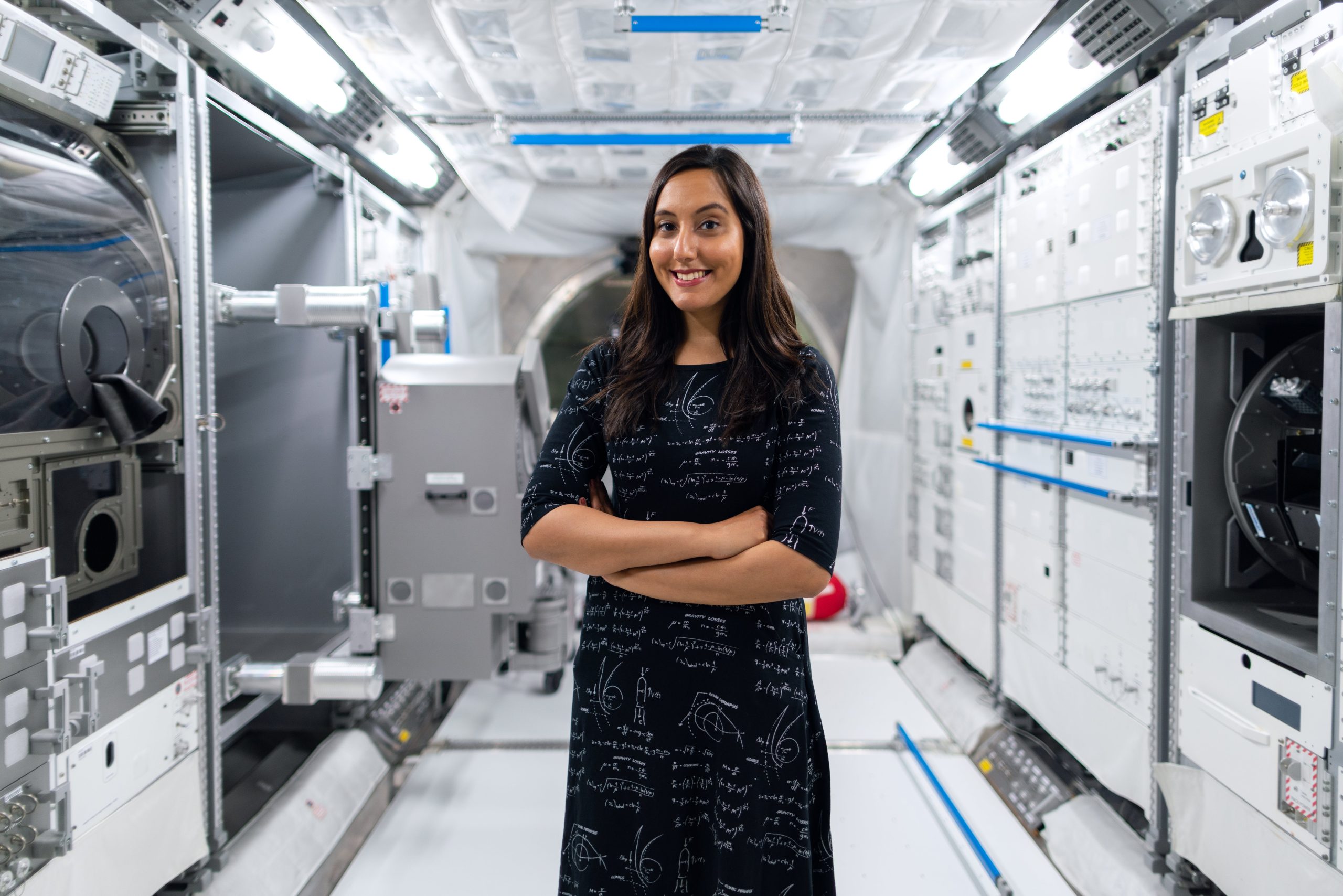
14 Jan AUTOMOTIVE TRENDS 2025: SELF-DRIVING CARS, EVs, ALTERNATIVE FUELS AND MORE
Cars come 2025 (no pun intended) further drive towards electric, autonomous and shared futures intersecting mobility with connectivity and sustainability. Vehicle design itself transforms to meet changing preferences from ownership models to interiors tailored for new use cases. What macro shifts will push the automotive industry forward in just five years, though?
Mainstream Adoption of Electric Vehicles
As battery ranges exceed 300+ miles and charging infrastructure expands exponentially, price parity enables electric vehicles (EVs) to dominate new car sales globally come 2025. Government bans on gasoline vehicles also take effect across Europe. The convenient, silent, eco-friendly experience sells itself. Many automakers go all electric.
Self-Driving Cars For Consumers
Mass-market autonomous cars leverage sensors and AI to navigate most driving scenarios in years to come. However full self-driving with no human override remains elusive pending policy and technology maturation. Initial offerings allow hands-free highway driving with remote assistance as needed. Rideshares also shift towards robo-taxi fleets.
Vehicle Designs Built For Ridesharing
Automotive engineering adapts for a rise in passengers using rideshare services versus personally owned vehicle usage within 24 months. Built-in antimicrobial materials, transparent barriers between rows, audio privacy zones, configurable seating, and touchless entry/exit enhance ridesharing comfort and cleanliness.
Battery Advancements
Solid state lithium batteries double ranges using highly conductive ceramics and polymers instead of flammable liquids in the near future. Ultra fast charging also minimizes downtime. Battery modules become structural pieces integrating into vehicle frames for better mass distribution. Advanced chemistries boost energy density, acceleration, safety and lifespan.
Seamless In-Vehicle Digital Experiences
Curved touchscreens with haptic feedback, voice control assistants, embedded 5G connectivity, intuitive navigation, content streaming, and payment integration converge around 2025 into simple dashboards hyper-personalizing rider experiences. Vehicles become software-defined appliances receiving continuous upgrades. Bidirectional charging also connects EVs dynamically to power grids.
Underneath sleek exteriors, automotive tech transitions stealthily towards mobility platforms shaping sustainable smart cities and spaces. How consumers commute, travel, and spend time in 2025 promises liberation across distances big and small.



